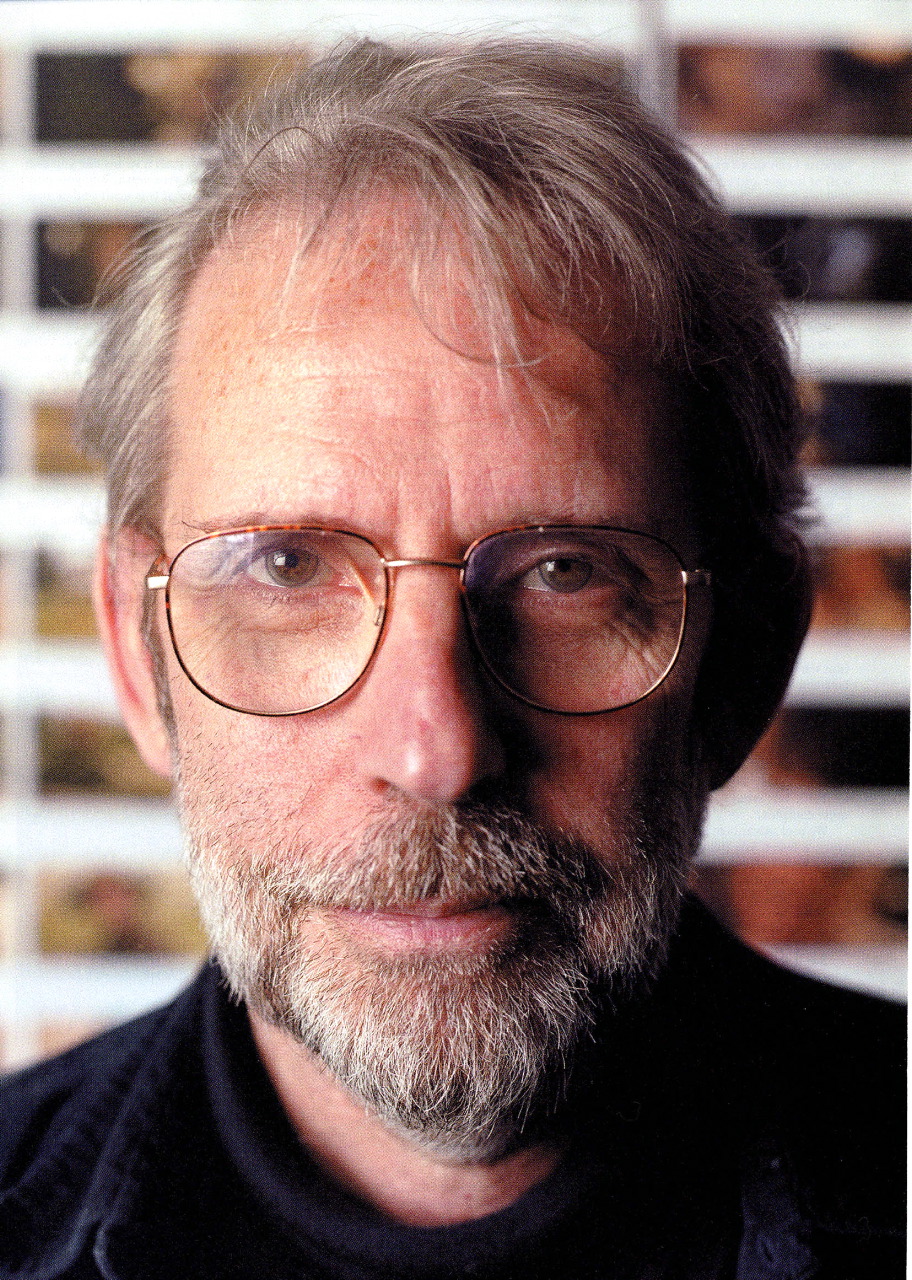 By Lars Trodson
By Lars TrodsonIt seems a bit paradoxical that in order to capture some of that youthful demographic the Academy Awards show was looking for that they had to turn to one of the few stars in Hollywood that has some of that old school glamour.
That would be Anne Hathaway.
It is certain -- yes, irrefutable -- that she was surrounded by movie people of increasingly dim wattage. James Franco, God bless him, was an absolute stiff. That Matthew McConnaughey/Scarlett Johansson routine was cringe-inducing. And Randy Newman? Best song? Really? For a moment I thought it was 1951.
But Hathaway had charm and grace and a beautiful smile and her enthusiastic high-fiving of the kids from P.S. 22 out of New York City was worth the price of admission alone. She was natural and unlike almost every other person who went on stage - aside from Kirk Douglas and Tom Hanks -- she seemed to be having a good time. There was one other guy -- the guy who won the short narrative film category. He was great. "I should've gotten a haircut!"
Mila Kunis didn't seem to understand her cue cards. And there was that awful moment when Francis Ford Coppola, Eli Wallach and Kevin Brownlow walked out on stage, stood like a group of befuddled mannequins, and watched as the stage went dark around them.
Let me get this straight. You bring Coppola out on stage and have him say nothing? You have Eli Wallach, who has worked with Kazan, Leone, Eastwood and everybody else -- you have him say nothing? He was the guy who was trying to kill the Magnificent Seven, for God's sake! You have Brownlow, one of the pre-eminent silent film preservationists, and he can't say a few words about film history? I know he's into silent film, but you can have the guy talk.
Oh, well. The 2011 Oscars just didn't feel like a Hollywood show. It felt like a TV lineup.
Except for Anne Hathaway. Thank God for her. Long may she reign.















